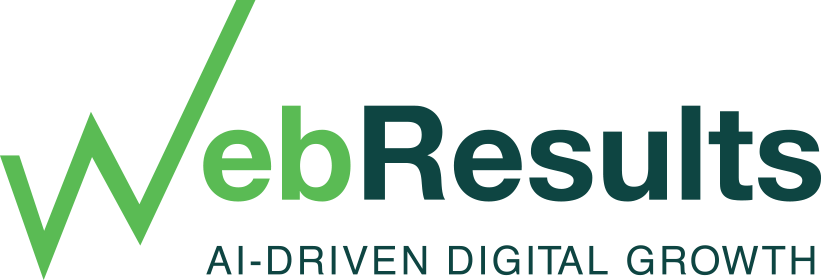One of the most common question circulating social media, forums and email is still “How do I get insights about Google Analytics data?” Many people have Google Analytics accounts for years, but they look only at page views or the number of visitors they get. In doing so they are bypassing a huge amount of analytics features which could be of benefit to their business.
And this is wrong, especially when they have a powerful free Web Analytics tool that they can leverage to learn more about their visitors and use those insights to better serve their visitors. Now, if you don’t use the latest version of Google Analytics, log into your account and click the [New Version] link from the top right corner of your screen. Now you can start getting the most out of the New Google Analytics by taking advantage of the latest Google updates.
1. Enable Site Speed: Site speed is an efficient feature of Google Analytics that lets you see the load time of your pages. This will help you check what pages need your attention and determine ways of speeding up the load time of your pages.
If you wonder why this is important, I can tell you that the load speed of your pages can significantly improve your visitors experience on your site and it’s also a ranking factor in Google. So a good load speed can make your visitors happy and can also increase your rankings.
2. Enabling Site Search: It’s a fact that visitors who use the search box on your site are more likely to convert than the ones who don’t. The reason why this happens is because they are more engaged with your website, with your content or your products and services.
With Google updates on the analytics user interface, it is easier to see your site searches so you can discover the exact keywords that people use to search for your products. This can be taken a step further and then used in your search engine optimization campaigns. You can actually use the most important keywords that people use to search on your site to optimize your pages and drive more targeted traffic to your website.
3. Track Events: Event tracking is a powerful analytics feature that can help you track, find out how many people download your eBook, what ads are performing better and who clicks on your ads, which signup form converts better (sidebar, below the post, about page), who pauses, fast forward or stops a video and what errors a visitor encounters during the checkout.
4. Multi-Channel Funnels: Before you were able to track the last source that the visitor used to convert, with Multi-Channel Funnels you are able to also track other sources (ads, referrals, social media, organic) that the visitor used to reach your website from.
Let’s say for example that your visitor landed for the first time on your website from Twitter and subscribed to your RSS feed. Next time, your visitor used the feed reader to come and read your new articles. Ultimately they were looking for advice on blogging and found your eBook using a search engine.
Using this example, in the old version of Google Analytics the search engine was used to be credited for the conversion, but now, with Multi-Channel Funnels you can see the whole path that the visitor took to convert: Social Network > Referral > Search engine.
5. Custom Dashboards: In the old version of Google Analytics you used to have available only one dashboard. However, right now you can create up to 20 dashboards customized to your needs. To create a custom dashboard, go to the [Home] menu > [Dashboards] and select [+New Dashboard].
Once you do that, you will need to choose whether you will want to start from scratch with a blank canvas or get some pointers with the [Starter Dashboard].Then you can use polished widgets to create custom metrics, pie charts, timelines or tables.
To find out more about how to use the New Google Analytics interface click here. Alternatively you canContact Webresults.ie today and one of our analytics consultants will guide you on how to get the most out of the latest Google analytics features.
